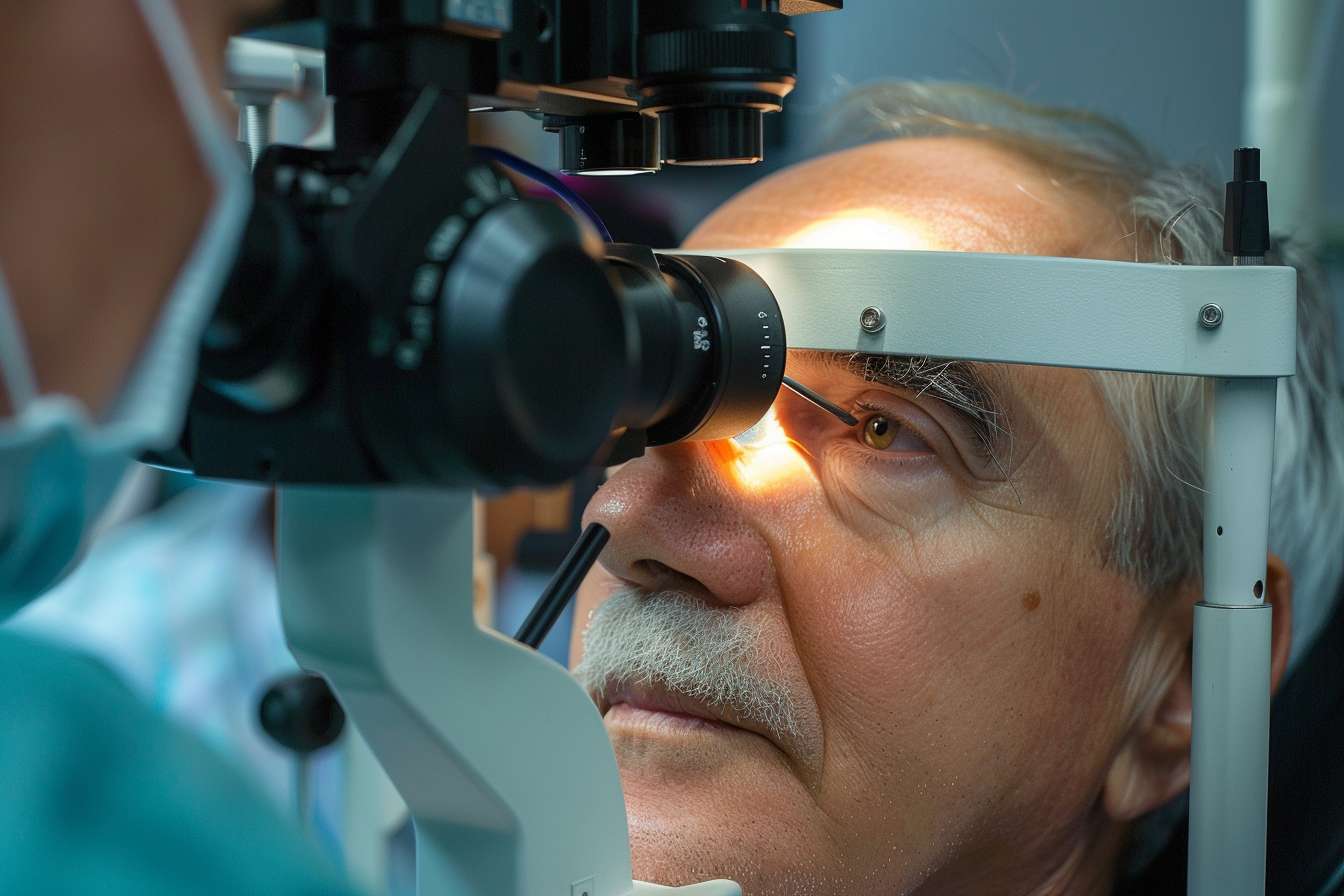Understanding Cataract Surgery: A Comprehensive Guide to Treatment and Recovery
Cataract surgery is one of the most commonly performed medical procedures worldwide, helping millions of people restore their vision each year. This precise microsurgical procedure involves removing the eye's clouded natural lens and replacing it with an artificial intraocular lens (IOL). Modern techniques have made this surgery safer and more effective than ever before, with most patients experiencing significant improvement in their vision.

Types of Cataract Surgery Procedures
The two main types of cataract surgery are phacoemulsification and laser-assisted surgery. Phacoemulsification uses ultrasound waves to break up the clouded lens before removal, while laser-assisted surgery employs precise laser technology to create incisions and soften the cataract. Both procedures are typically performed on an outpatient basis and take about 30 minutes to complete.
What to Expect During Recovery
Recovery from cataract surgery is generally straightforward, with most patients returning to normal activities within a few days. Initial healing occurs within about a week, though complete recovery may take several weeks. During this time, patients use prescribed eye drops and protect their eyes from bright light and potential irritants. Many people notice improved vision within 24 hours after surgery.
Choosing the Right Intraocular Lens
Several types of IOLs are available, each offering different benefits:
-
Monofocal lenses: Provide clear vision at one distance
-
Multifocal lenses: Enable clear vision at multiple distances
-
Toric lenses: Correct astigmatism
-
Extended depth-of-focus lenses: Offer an expanded range of vision
Understanding Cataract Surgery Costs and Coverage
The cost of cataract surgery varies significantly based on location, surgical technique, and chosen IOL type. Below is a general overview of costs in the United States:
| Surgery Type | Average Cost Range | Typical Insurance Coverage |
|---|---|---|
| Standard Surgery with Basic IOL | $3,000 - $5,000 per eye | Often covered |
| Laser-Assisted Surgery | $4,000 - $6,000 per eye | Partial coverage |
| Premium IOLs | Additional $1,000 - $3,000 per eye | Usually not covered |
Prices, rates, or cost estimates mentioned in this article are based on the latest available information but may change over time. Independent research is advised before making financial decisions.
Potential Risks and Success Rates
While cataract surgery is generally safe, understanding potential risks is important. Complications are rare but may include infection, bleeding, or retinal detachment. The success rate is remarkably high, with approximately 98% of surgeries resulting in improved vision. Regular follow-up appointments help ensure optimal outcomes and address any concerns promptly.
This article is for informational purposes only and should not be considered medical advice. Please consult a qualified healthcare professional for personalized guidance and treatment.






